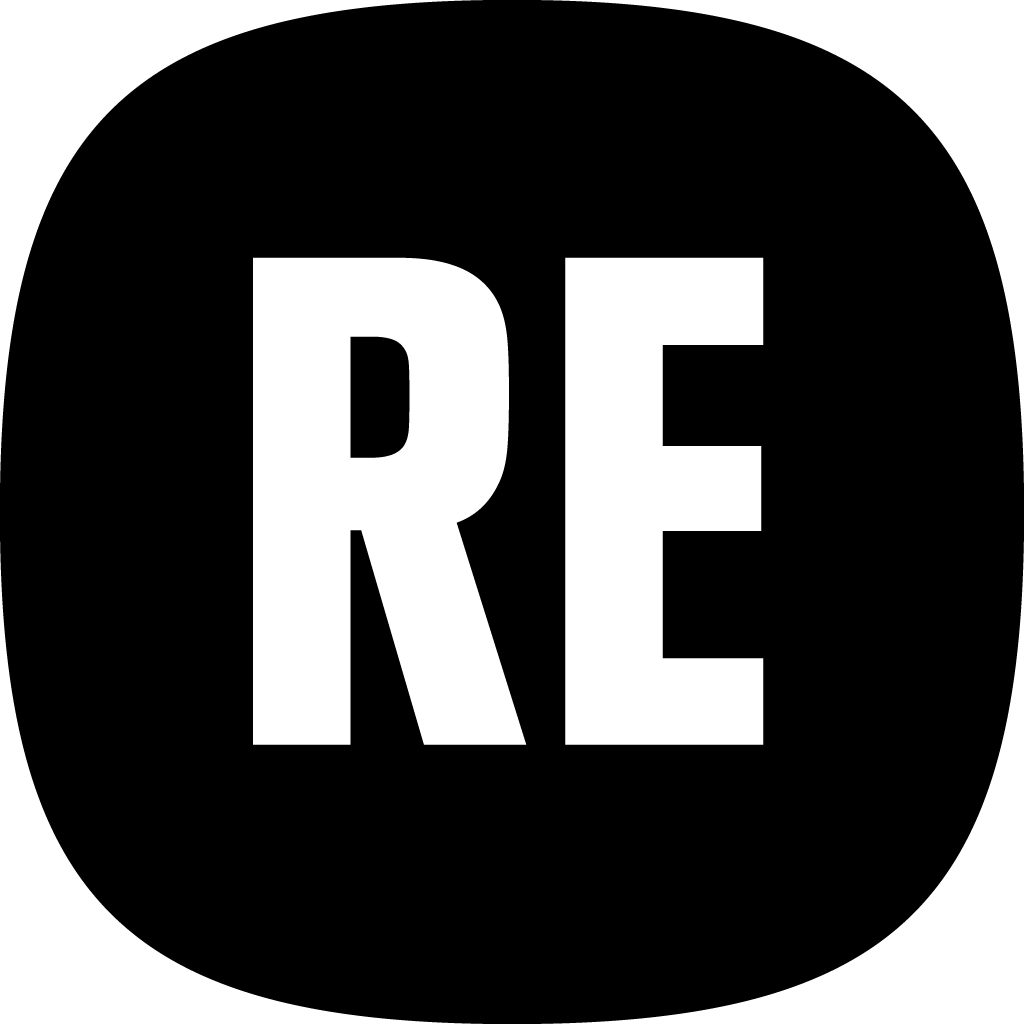RECHARGE Living Labs Business Models: Estonian Maritime Museum
How can a museum become a bridge between different areas of knowledge, from history and culture to technology? The Estonian Maritime Museum wants to respond to this western, and is developing a business model that will help them connect with both the education and technological sectors.
-------------------------------------------------------------------------------------------------------------------------------------------
In cultural heritage institutions (CHI), there is a need for various services and solutions, ranging from ticketing systems and IT solutions in exhibitions to tracking visitors' journeys and preferences and managing energy costs. Typically, organizations buy off-the-shelf products when a similar need arises, which is generally the most sensible approach—having a working and suitable product/solution already on the market, reinventing the wheel may not be the most cost-effective endeavor. However, sometimes there is no suitable product on the market, or existing ones do not perfectly fit the requirements. In such cases, a "tailor-made" solution is commissioned from a service provider. However, to obtain a good product, one must be a) a smart client and b) in the case of digital solutions, it becomes outdated shortly after completion. Keeping it "fresh" is often not planned.
Rarely do CHIs engage in product development in partnership with a developer from the private sector. Nevertheless, cultural institutions possess valuable expertise in many areas, especially in interacting with end-users, understanding their desires and needs, and conducting tests with them. Most cultural heritage institutions are also excellent storytellers, and many of us have extensive networks. So, if there is not a sufficiently suitable ready-made product on the market, considering development in partnership might be worthwhile, gaining benefits not only from a presumably functional solution but also from the future fate of the product. To find an "equity interest" by valuing our contribution.
In choosing the path we wanted to take with our Living Lab (LL), we looked at the goals in our strategic development plan, highlighting both educational work and technological innovation. As Estonia is one of the world's most advanced tech sectors (~30% of Estonian GDP in 2030 will be from tech sector export), partnering with the start-up community, especially the EdTech community, is an opportunity for us to contribute input and serve as a testbed for the development of new products and services, attempting to find a suitable business model for leveraging technical competence in the cultural sector.
Supporting formal education is a significant part of the mission of many museums, from preschool to high school. The knowledge hidden in museums spans a wide range of topics, from various historical issues to environmental conservation and mental health. The traditional model has been that classes come to the museum as part of an educational program. Sometimes, visits are also made to schools (economically and environmentally more efficient - transporting one person 100 km away is more rational than 25). During Covid-19, many museums started conducting Zoom lessons, allowing knowledge hidden in museums to be conveyed even to the other side of the globe. However, traditional Zoom lessons are rather one-dimensional and not very engaging, offering little in terms of text and audio-visual content. Museums need a solution on how to reach classrooms that are not in the same city as the museum. Since education is an area where a lot of money is moving due to its massive scale, technology companies are also interested in creating new solutions. Thus, there is an opportunity to combine the content hidden in museums, networks among teachers, and the ability to convey knowledge to students, and the skills of the technology community to create a supporting technological solution. Everyone wins, both in mission and financially, because just like a museum visit with a school group is not predominantly free, neither is using an e-lesson.
As a result of Living Labs, we have moved in this direction in 2023, collecting and developing ideas with both other CHIs and the technology community. We have let our imagination fly with potential end-users, namely students, through the Crazy 8 design sprint kit, and reflected on it with teachers, listening to their "pain" so that we can offer the necessary band-aid. In the fall, we worked in a small team, including a developer, education architect, museum educator, researcher, etc., to fine-tune the product for usability. Finally, we visited schools with the solution, allowing students to pack a medieval cargo ship in AR that sailed between the precursor to the European Union, the Hanseatic League ports, 700 years ago.

Share